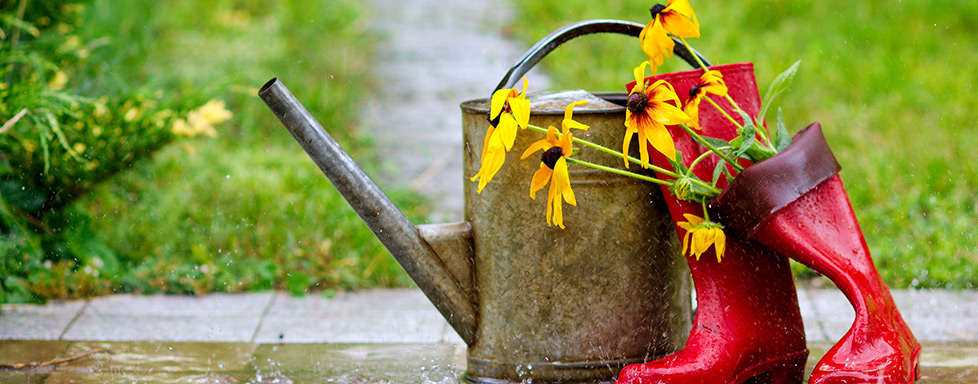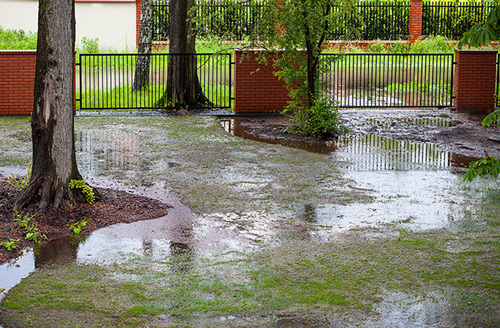Deciding to undertake a home renovation is an exciting moment. Finally—after dreaming, saving, planning, and finding the right remodeler and the right time—the work can begin! But it’s important to carefully consider the realities of a project before the first hammer leaves the toolbox. All construction work results in some amount of disruption to the usual rhythms of daily life, and one of the most involved renovations (that benefits the most from some forethought) is a kitchen remodel.
We sat down with two different clients whose own extensive Schrader and Company kitchen renovations meant that their usual cooking workspace needed to be relocated and rethought for the duration of their project.
Their inventive solutions and creative workarounds will benefit anyone who finds themselves in a similar situation. Their experiences prove that with a little flexibility, the right equipment, and a positive outlook, the construction phase needn’t be a painful one.
Without further ado, here’s a list of some of our clients’ best tips for surviving and thriving during a kitchen remodel:
Tip One: Creating a Mock Kitchen
- Set up a cohesive space in a different part of your home (dining room, living room, basement, garage) that works as a small galley with a miniature version of a typical kitchen.
- Consider a good location—if possible, near a utility sink, bathroom sink or tub.
- It’s also helpful not to have to move your temp kitchen around. Consider where it can stay for the duration of the project.
- Think about stations for typical kitchen use, like a surface area for food prep, an area for food storage, an area for washing dishes, and a place to deal with food scraps and trash.
- One client used a jelly cupboard to keep dishes, glasses, and some mixing and serving bowls handy.
- Make a space for tea and coffee prep if that’s part of your daily routine.
- Big plastic tubs work well for pantry/food storage and keep pets and pests out.
Tip Two: Creative Cooking Workarounds
- Our clients all agree that grilling (if the weather works) is a great tip. They also recommend an outdoor camp stove, a countertop toaster oven, a crock pot or instant pot, and a panini press or griddle.
- Often the existing refrigerator and existing microwave can be set up for use during the project.
Tip Three: Don’t Forget About Clean-Up
- You’ll need a spot to put your trash and recycling, a spot to scrape dishes (trash, toilet, or helpful dogs are all good options when you’re washing dishes in a space without a disposal).
- Consider purchasing a cheap plastic utility sink for a shower. One client put a water-resistant folding table next to their utility sink for a dish drying rack, and installed a hand sprayer in the shower to help with washing dishes.
- Buy a strainer for the drain where you are washing dishes for small food scraps so you don’t clog your drain.
Tip Four: Budget for Reality
- It’s a good idea to keep a little discretionary food fund for the duration of the renovation. Realistically, you might opt for more takeout or dining out while your dream kitchen is being created, and even time savers like pre-chopped produce cost a little extra. It’s all about balance.
Tip Five: Keep Perspective
- Good things take time. We’ll just quote one client directly who had this to say about her extensive kitchen renovation process:
“The two most important things to me for this time have been a sense of humor and a sense of perspective and gratitude. Yes, it can be frustrating. Things take longer. Messes are plentiful, and harder to clean up. But my little galley is nicer than many apartment kitchens, and nobody is going to cue the violins for me because I don’t have a dishwasher while I’m waiting for my Schrader kitchen. We are lucky to be doing this, and are living like this temporarily, for an excellent reason. We are grateful to be able to go through this process and look forward to the end product, and that gratitude allows me to keep the temporary inconvenience in perspective.”



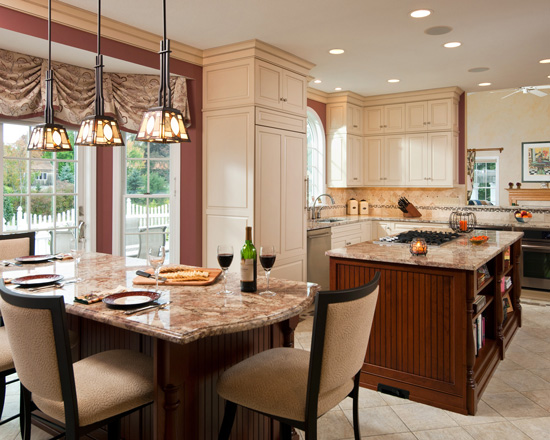
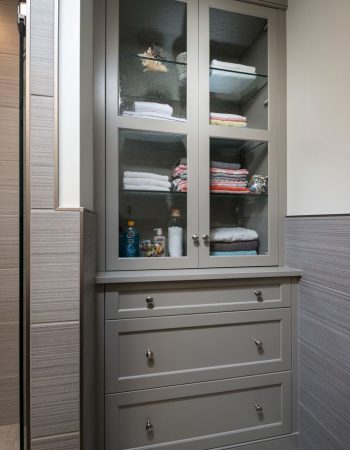
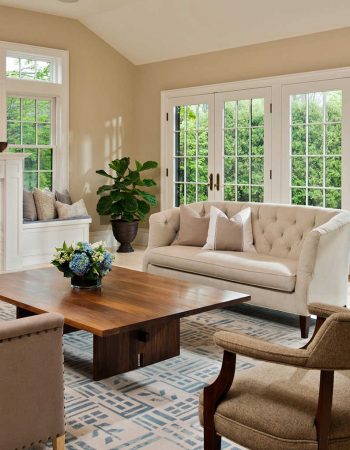
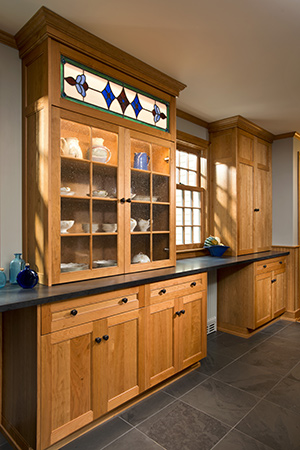
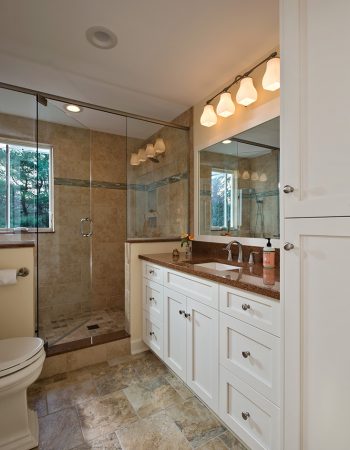
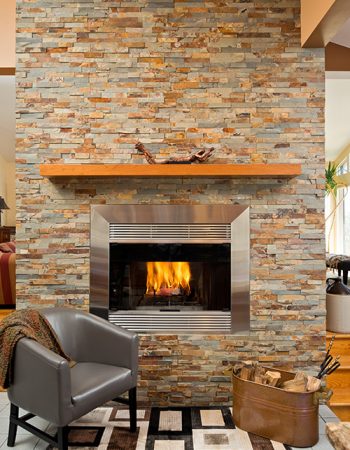
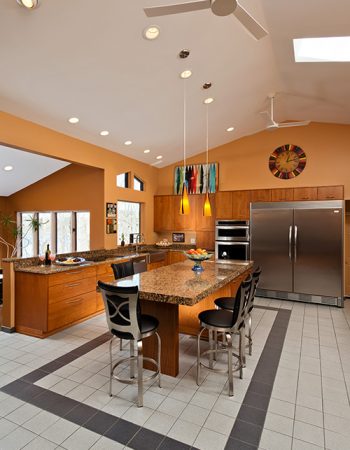
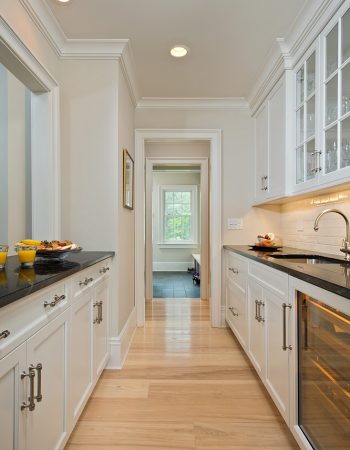
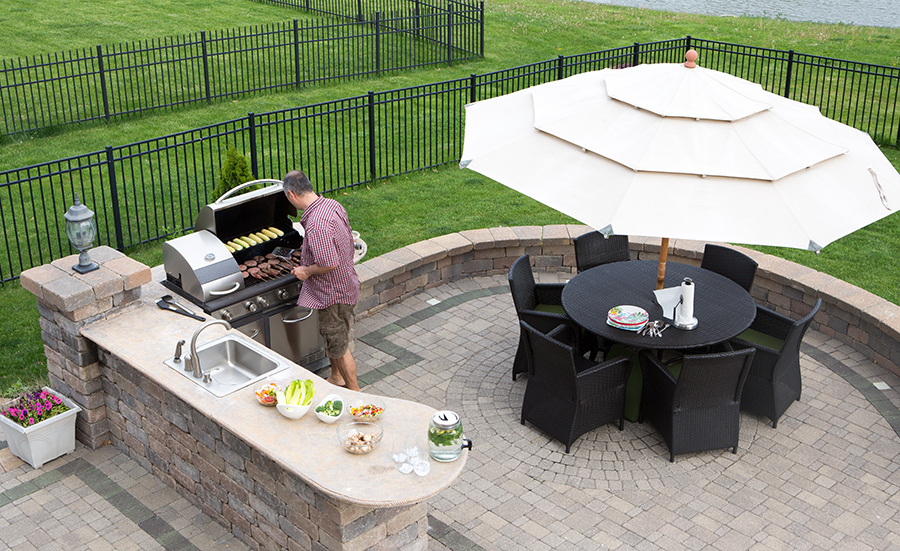
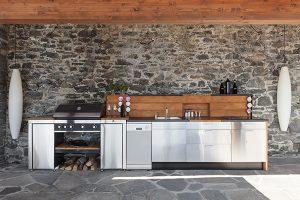 Cabinets –
Cabinets –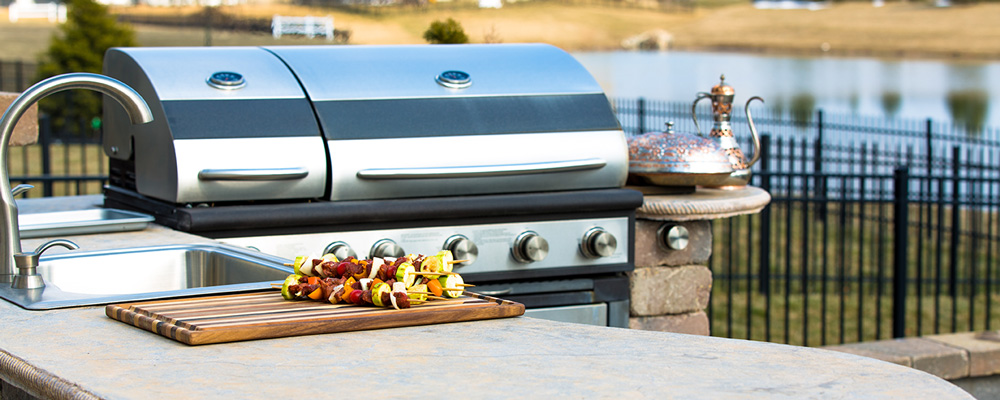
 What features are you looking for?
What features are you looking for?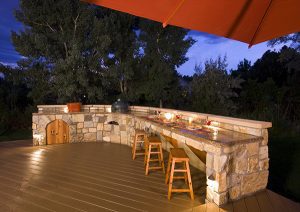 Are you already a grilling enthusiast? Does your family love to dine al fresco? Chances are an outdoor kitchen would be a great investment for your home and lifestyle. If you’ve never grilled before and you cringe at the idea of sharing your eating space with bugs and all things creepy crawly, it would be a good idea to hold off on adding an outdoor kitchen to your home.
Are you already a grilling enthusiast? Does your family love to dine al fresco? Chances are an outdoor kitchen would be a great investment for your home and lifestyle. If you’ve never grilled before and you cringe at the idea of sharing your eating space with bugs and all things creepy crawly, it would be a good idea to hold off on adding an outdoor kitchen to your home.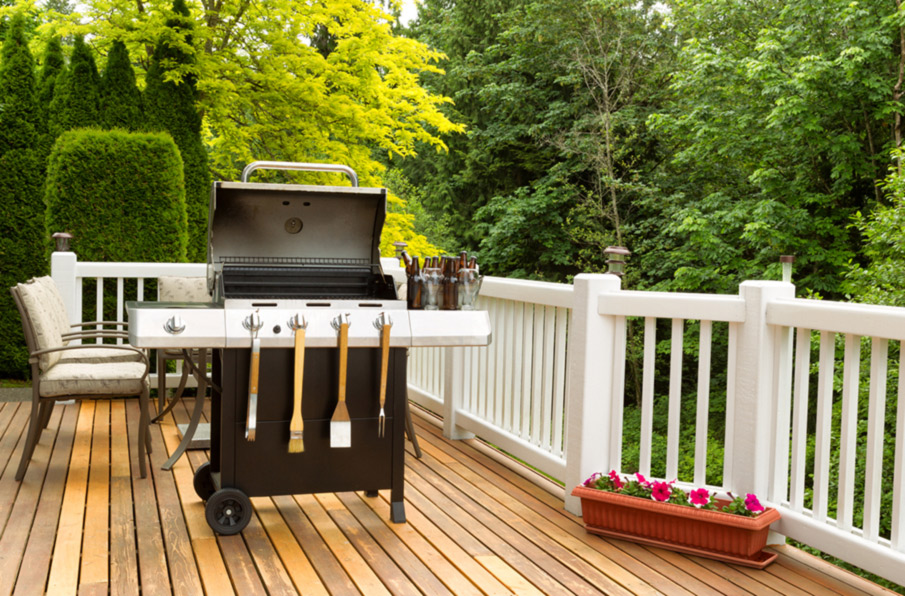

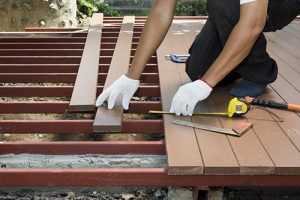 Adding a Deck
Adding a Deck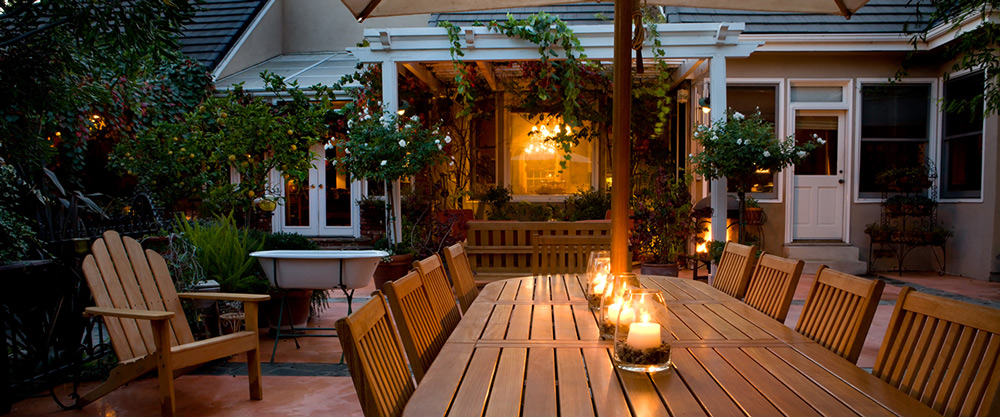
 Clear brush and tall grasses around your home.
Clear brush and tall grasses around your home.
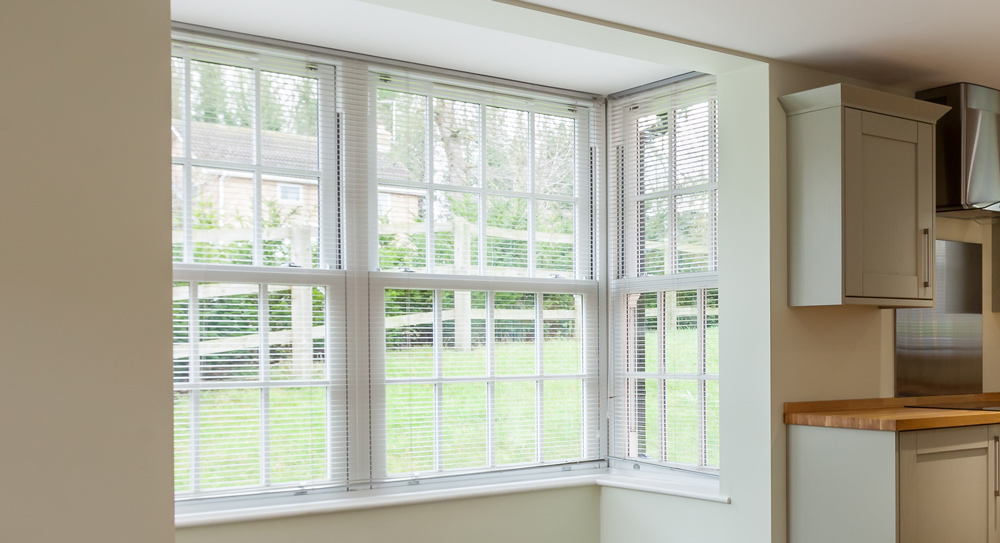
 The framing that is used to separate and hold pieces of glass within a window is called a “muntin”, sometimes called “muntin bars”, “sash bars”, or “glazing bars”. Typically muntins are made of wood or metal. Historically muntins were used because it was less expensive to use smaller pieces of glass, rather than a large single pane of glass.
The framing that is used to separate and hold pieces of glass within a window is called a “muntin”, sometimes called “muntin bars”, “sash bars”, or “glazing bars”. Typically muntins are made of wood or metal. Historically muntins were used because it was less expensive to use smaller pieces of glass, rather than a large single pane of glass.

 Do – Know how big the houseplant is going to get.
Do – Know how big the houseplant is going to get. Don’t – Feel bad if your first attempts at keeping a houseplant don’t go well
Don’t – Feel bad if your first attempts at keeping a houseplant don’t go well